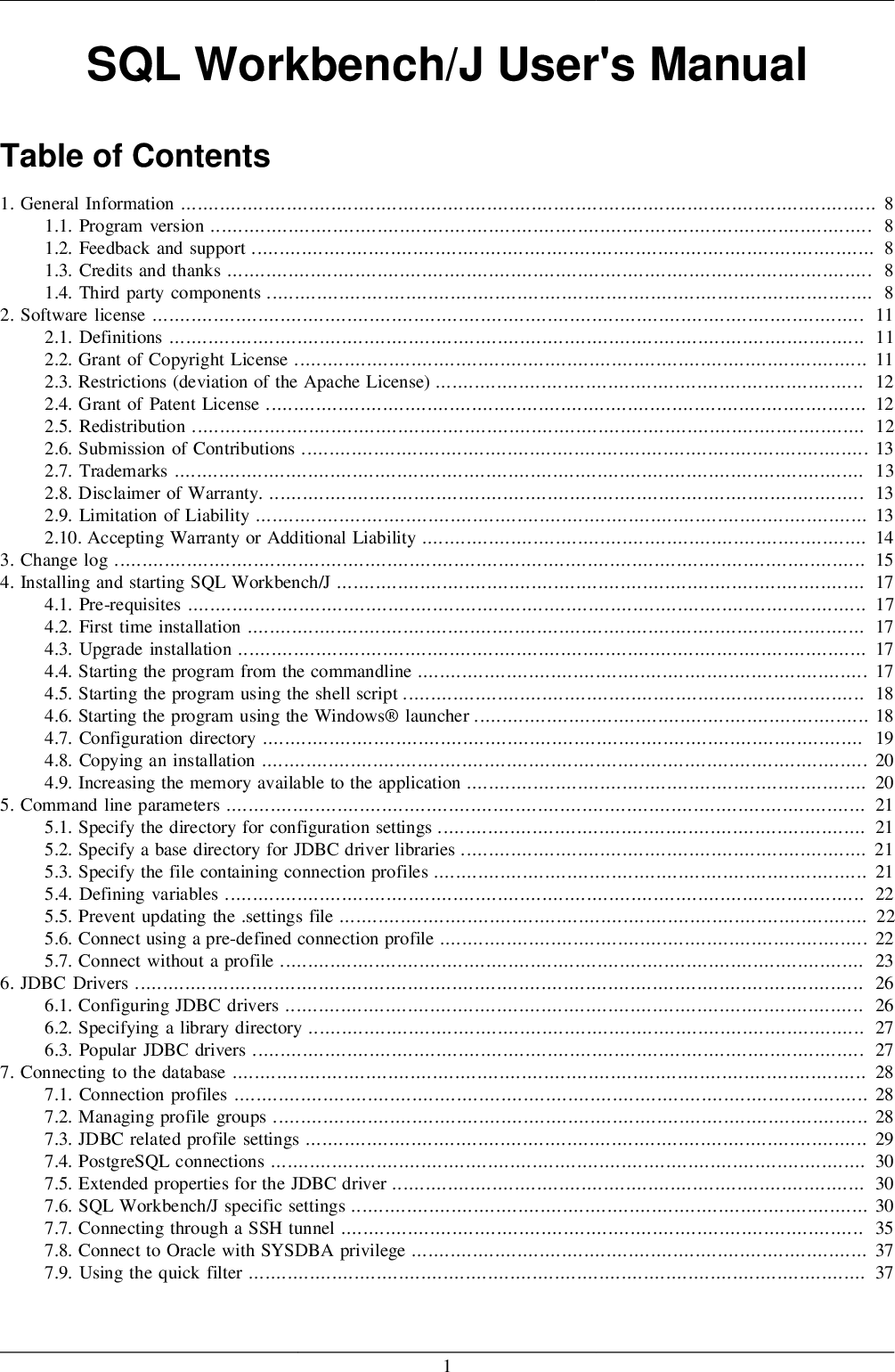

- #HOW TO CALCULATE STANDARD ERROR OF REGRESSION HOW TO#
- #HOW TO CALCULATE STANDARD ERROR OF REGRESSION CODE#
- #HOW TO CALCULATE STANDARD ERROR OF REGRESSION DOWNLOAD#
I'd like to calculate the standard error of mean vdur differences between finalC "p" and "ph" (and between "t" and "th" and "k" and "kk", respectively).Īlthough I could easily calculate the mean difference between p and ph (68.42250 - 50.04083 =18.42.) and its SE using ddply(), I was not able to figure out how to calcualte the SE of this mean difference using R codes. When you have a collection of data from some measurement, experiment, survey or other. Task environment subject item finalC neutralizedC bySubj SD The standard error of estimate is used to determine how well a straight line can describe values of a data set. Using ddply function, I got the by-subject means of vowel duration for each item. Thanks for reading.The data below shows how vowel durations (vdur) vary by final consonant (finalC).Ī total of 15 participants produced one item two times. Please leave any comments or queries in the Comments section below and I’ll do my best to answer them. I hope you’ve enjoyed reading this tutorial. It contains well written, well thought and well explained computer science and programming articles, quizzes and practice/competitive programming/company. Standardisation or normalisation of variables. The standard error of the slope is applied in the calculations of confidence intervals and hypothesis tests which are essential for inference about regression. Converting categorical or character variables into numeric variables using one-hot encoding or other methods.ģ. I need these standard errors to compute a Wald statistic for each coefficient and, in turn, compare these coefficients to each other. scikit-learn returns the regression's coefficients of the independent variables, but it does not provide the coefficients' standard errors.

Investigate the correlation of other variables with a view to adding more independent variables.Ģ. I am using Python's scikit-learn to train and test a logistic regression. To improve the score, here are some ideas of what to look at:ġ. However, as a very quick 2-minute effort there’s lots of room for improvement. m(nSigmaxy-(Sigmax)(Sigmay))/(nSigmax2-(Sigmax)2) and c(Sigmay-mSigmax)/n Let the data be given as (x,y) and data set be (x1,y1),(x2,y2),(x3,圓).(xn,yn).

For speed we have simply replaced these missing values with the mean for the entire dataset, however there are better approaches to imputing.Įxporting our predictions to CSV and uploading them to Kaggle yields a score of 0.62 and a lowly 5000 th place on the leaderboard. To use the calculator, simply input the true and expected values (on separate lines) and click on the 'Calculate' button to generate the results.

You will notice that we have had to impute some missing values for GarageCars and TotalBsmtSF as there was one missing value in each of these variables in test.csv. Write.csv(test.results, "submission.csv", row.names = FALSE) Test.results <- cbind(test.sub, predictions) not sure whether youre looking for an answer like javs (which tells you how R extracts elements from the GLM solution to compute the std errors) or a first-principles solution/formula. Predictions <- predict(myModel, test.sub) We are in the process of writing and adding new material (compact eBooks) exclusively available to our members, and written in simple English, by world leading experts in AI, data science, and machine learning.
#HOW TO CALCULATE STANDARD ERROR OF REGRESSION CODE#
As such, the stata code would then be (as in the log file): Code: regress servicesatisfaction distintervention1surveyyear. Roughly 95 of the observation should fall. surveyyear - dummy variable for time periods. The standard error of the regression is particularly useful because it can be used to assess the precision of predictions. Test.sub$TotalBsmtSF <- mean(test.sub$TotalBsmtSF, na.rm = TRUE) 1) DID on the outcome variable divided by DID on the instrument, where: distintervention1 - dummy variable for control/treatment group. Test.sub$GarageCars <- mean(test.sub$GarageCars, na.rm = TRUE) Select(Id, OverallQual, GarageCars, GrLivArea, TotalBsmtSF) Select(SalePrice, OverallQual, GarageCars, GrLivArea, TotalBsmtSF) In this final module of the course, we'll cover how to measure the. Once you’ve downloaded the files, read them into R as follows: rm(list=ls()) Video created by for the course 'What are the Chances Probability and Uncertainty in Statistics'.
#HOW TO CALCULATE STANDARD ERROR OF REGRESSION DOWNLOAD#
You’ll need to download both the train.csv and test.csv files from here. How to apply and interpret linear regression in Rįor this tutorial we’re going to use some House Price data from Kaggle.


 0 kommentar(er)
0 kommentar(er)
